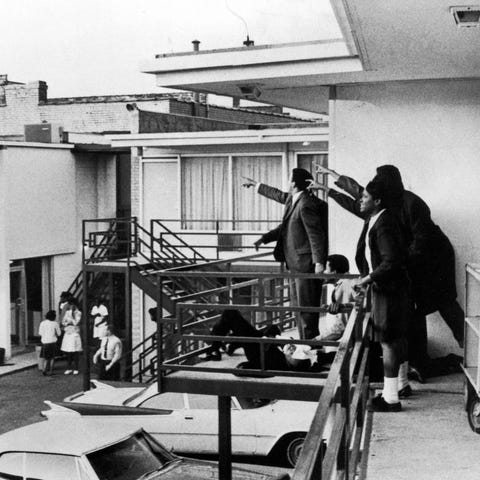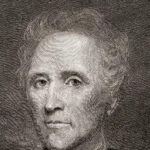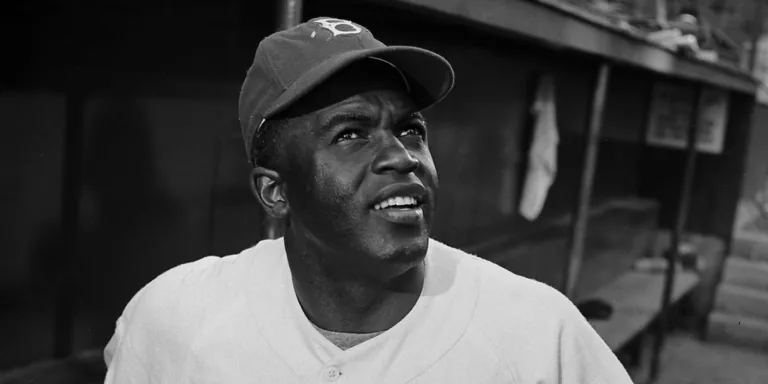The story of the Lewis and Clark expedition is a fascinating journey through the untamed wilderness of North America. Led by explorers Meriwether Lewis and William Clark, this mission was tasked with charting a path to The Pacific Ocean and establishing peaceful relations with Native American tribes along the way. While the expedition faced countless challenges, from treacherous terrain to unpredictable weather, it was aided by an unlikely hero: Sacagawea.
This young Shoshone woman joined the expedition in 1805, bringing with her a wealth of knowledge about the land and its people. Despite speaking no English, how did Sacagawea help Lewis and Clark? Her contributions proved invaluable to the success of their mission. Sacagawea’s understanding of edible plants helped sustain the expedition during long stretches Without Resupply. Her calm demeanor even soothed tensions during a frightening boat accident, showcasing her strength and resilience.
Beyond these practical skills, Sacagawea played a crucial role in fostering trust between the explorers and Native American tribes they encountered. Her presence as a mother eased suspicions towards the armed explorers, paving the way for peaceful interactions and vital alliances that ensured their Safe Passage Through Challenging Territories.
Sacagawea’s Vital Role in the Lewis and Clark Expedition
Sacagawea’s impact on The Lewis And Clark Expedition was profound and multifaceted. Her knowledge of the land proved essential for navigating the unfamiliar terrain. She identified edible plants, ensuring the explorers had a reliable source of sustenance during their long journey. Her understanding of local trails and waterways helped guide the expedition through Challenging Landscapes, avoiding potential dangers and saving precious time.
Beyond her practical skills, Sacagawea’s presence played a crucial role in diplomacy. As a Native American woman, she was able to bridge the cultural gap between the explorers and the tribes they encountered. Her fluent Shoshone language facilitated communication and eased tensions, fostering trust and cooperation between the Two Groups. This peaceful interaction was vital for the expedition’s success, Allowing Them To Obtain Horses, supplies, and crucial information about the surrounding territories.
 Famous Assassins: Historys Notorious Killers & Victims
Famous Assassins: Historys Notorious Killers & VictimsHer ability to translate with her brother, Chief Cameahwait, proved particularly valuable when negotiating with tribes who controlled access through critical Mountain Passes. How did Sacagawea help Lewis and Clark? By facilitating these interactions, she ensured the expedition’s safe passage through some of the most challenging regions of their journey.
Bridging Cultures: Translation and Diplomacy
Communication was a significant hurdle for the Lewis and Clark expedition as they ventured into unfamiliar territories inhabited by diverse Native American tribes. While Lewis and Clark spoke some basic French, their primary language posed a barrier to understanding local customs and traditions. This is where Sacagawea’s Linguistic Skills Proved Invaluable.
Her fluency in Shoshone allowed her to act as a vital translator, bridging the cultural gap between the explorers and the tribes they encountered. She facilitated conversations, Smoothed Over Misunderstandings, and helped build trust between the Two Groups. This open communication was essential for Securing Alliances, obtaining crucial supplies like horses and food, and navigating complex social interactions with different Indigenous communities.
Sacagawea’S Ability To Translate wasn’T Limited To Words; she also conveyed cultural nuances and unspoken understandings that might have otherwise been lost in translation. How did Sacagawea help Lewis and Clark? Through her linguistic skills and cultural insight, she fostered a more harmonious and cooperative relationship between the expedition and the Native American people they met Along Their Journey.
Navigating the Terrain: Expertise and Guidance
The Lewis and Clark Expedition faced countless geographical challenges as they traversed the vast and untamed wilderness of North America. Dense forests, Treacherous Rivers, and towering mountain ranges presented constant Obstacles To Their Progress. Fortunately for the explorers, Sacagawea possessed a deep understanding of the land and its hidden pathways.
 Famous Assassins: Historys Notorious Killers & Victims
Famous Assassins: Historys Notorious Killers & Victims How Many Wives Did Daniel Boone Have? Legendary Frontiersman
How Many Wives Did Daniel Boone Have? Legendary FrontiersmanHer knowledge of edible plants proved invaluable, ensuring the expedition had access to sustenance during long stretches without resupply. She identified berries, roots, and other natural resources that sustained the explorers through difficult times. Beyond providing food, Sacagawea’s intimate familiarity with the terrain guided them along safe and efficient routes, avoiding dangerous shortcuts and treacherous passes. She knew which trails were navigable, which rivers were suitable for travel, and where to find sources of Fresh Water – knowledge that proved essential for their survival.
How did Sacagawea help Lewis and Clark? Her expertise in navigating the complex landscape ensured the expedition’s safe passage through some of the most challenging regions of their journey. Her guidance not only saved time but also prevented potentially fatal missteps, allowing the explorers to reach their destination safely and successfully.
A Symbol of Peace: Easing Native American Suspicions
The Lewis and Clark Expedition faced a significant challenge in gaining the trust of the diverse Native American tribes they encountered along their journey. Armed explorers venturing into unfamiliar territories understandably raised suspicions among Indigenous communities who valued peace and autonomy. However, Sacagawea’s presence as a young mother traveling with her infant son helped to mitigate these fears and foster a more welcoming atmosphere.
Her gentle nature and maternal demeanor projected an image of peaceful intent, easing anxieties about the explorers’ motives. Tribes were more receptive to their message when they saw a woman, traditionally associated with nurturing and care, accompanying the expedition. Sacagawea’s presence served as a symbol of goodwill, demonstrating that the explorers were not solely driven by conquest or dominance but also sought peaceful coexistence with the Indigenous people.
How did Sacagawea help Lewis and Clark? By acting as a cultural ambassador and representing peacefulness, she played a crucial role in establishing trust and fostering positive relationships between the expedition and the Native American communities they encountered.
Legacy of an Unsung Heroine
While Sacagawea received no formal recognition or monetary compensation for her invaluable contributions to The Lewis And Clark Expedition, her legacy endures as an unsung heroine of American frontier history. Her story has captivated imaginations for generations, reminding us of the courage, resilience, and cultural understanding that paved the way for westward expansion.
Sacagawea’S Impact Transcends Historical Significance; she embodies a spirit of collaboration, diplomacy, and unwavering determination in the face of adversity. Her story continues to inspire individuals from all walks of life to embrace their own unique strengths and contribute to a more inclusive and Understanding World.
Though her name may not have been etched in stone alongside those of famous explorers, how did Sacagawea help Lewis and Clark? She played a pivotal role in shaping the course of history, leaving an indelible mark on the narrative of American exploration and reminding us that true heroism often lies in quiet acts of courage and compassion.










